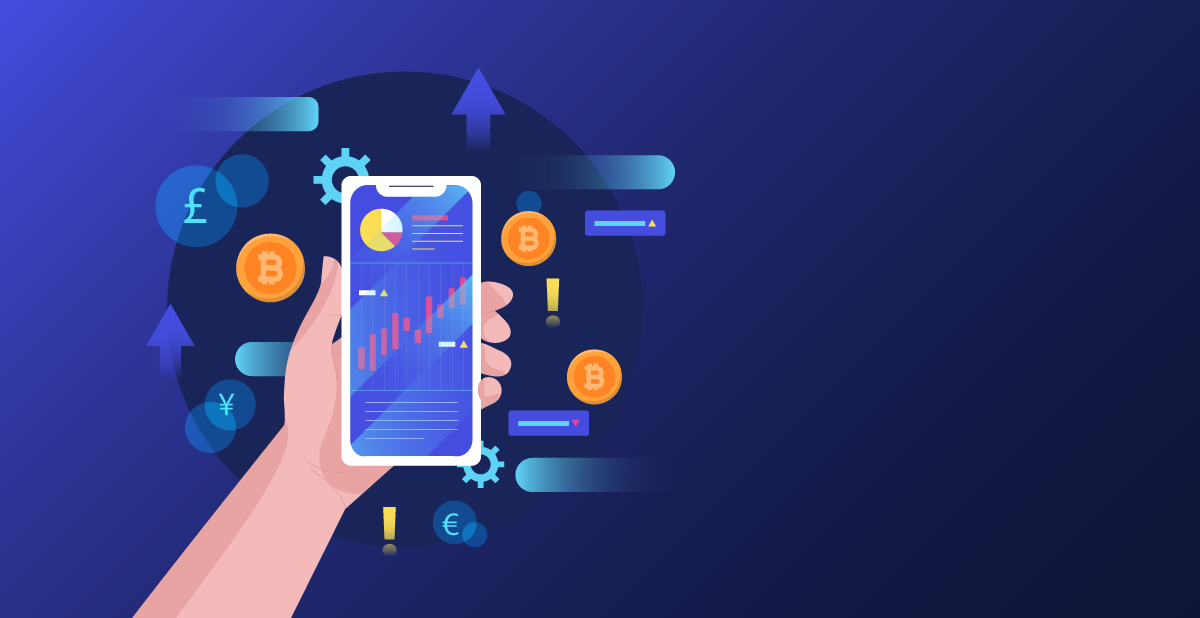Understanding the Digital Financial Revolution



Crypto mining is the process of validating transactions on a blockchain network by solving complex mathematical equations using powerful computers. Miners compete to be the first to solve these equations and add a new block of transactions to the blockchain. In return for their efforts, miners are rewarded with newly minted cryptocurrency coins. This process helps secure the network, maintain the integrity of the blockchain, and ensure the smooth functioning of the cryptocurrency ecosystem. In essence, crypto mining is the backbone of many decentralized digital currencies, such as Bitcoin, Ethereum, and Litecoin.
Crypto mining refers to the process of validating transactions and adding them to a blockchain by solving complex mathematical puzzles. The applications of crypto mining are vast and varied, with one of the most common being the creation of new digital currencies such as Bitcoin. Additionally, crypto mining plays a crucial role in securing blockchain networks and maintaining their integrity. It also incentivizes miners to participate in the network and helps distribute new coins fairly among participants. Overall, crypto mining is essential for the functioning and growth of decentralized digital currencies and blockchain technology.


Crypto mining faces several challenges, including high energy consumption, environmental concerns, regulatory uncertainty, and the increasing complexity of mining algorithms. The process of mining cryptocurrencies requires significant computational power, leading to a substantial amount of electricity consumption. This has raised concerns about the environmental impact of crypto mining, particularly in regions where the majority of electricity is generated from fossil fuels. Additionally, regulatory uncertainty surrounding cryptocurrencies in many countries adds another layer of challenge for miners. Moreover, as mining algorithms become more complex over time, it becomes increasingly difficult for individual miners to compete with large mining operations. Overall, these challenges highlight the need for sustainable practices and regulatory clarity in the crypto mining industry.


To build your own crypto mining rig, you will first need to choose the right hardware components such as a powerful graphics processing unit (GPU), a motherboard with multiple PCIe slots, a power supply unit (PSU) with enough wattage to support the system, and adequate cooling solutions. Next, you will need to install the necessary software for mining, such as a mining program like NiceHash or Claymore Miner. Once everything is set up, you can start mining by connecting your rig to a mining pool and configuring it to mine the desired cryptocurrency. Remember to regularly monitor your rig's performance and adjust settings as needed to maximize efficiency and profitability. Brief answer: To build your own crypto mining rig, you will need to carefully select and assemble the right hardware components, install the necessary mining software, connect to a mining pool, and monitor and optimize your rig for efficient and profitable mining operations.
With Web3.0 and other new technology application become more and more common in many applications. We have senior engineers help your business develop for block-chain and NFT. Outsource your block-chain, NFT and smart contract development to take your web3.0 idea to the market faster.




TEL:866-460-7666
EMAIL:contact@easiio.com
ADD.:11501 Dublin Blvd. Suite 200, Dublin, CA, 94568